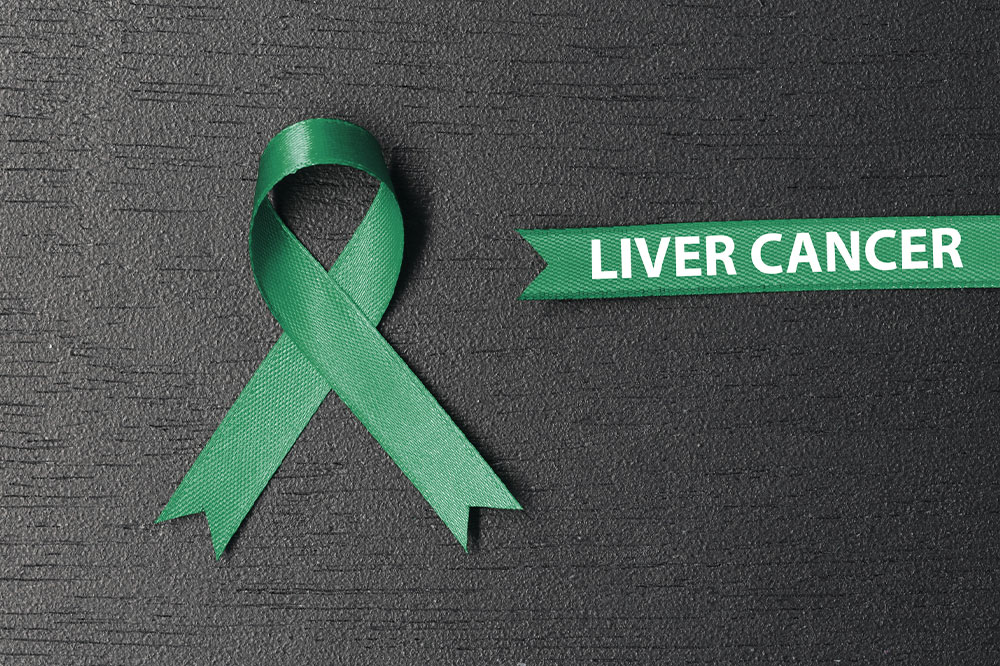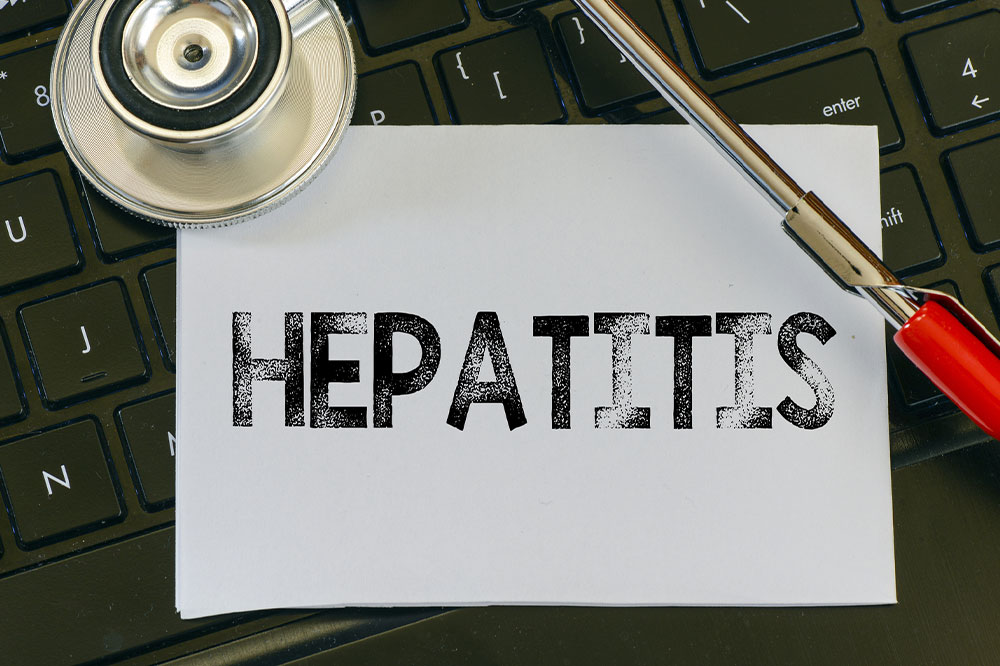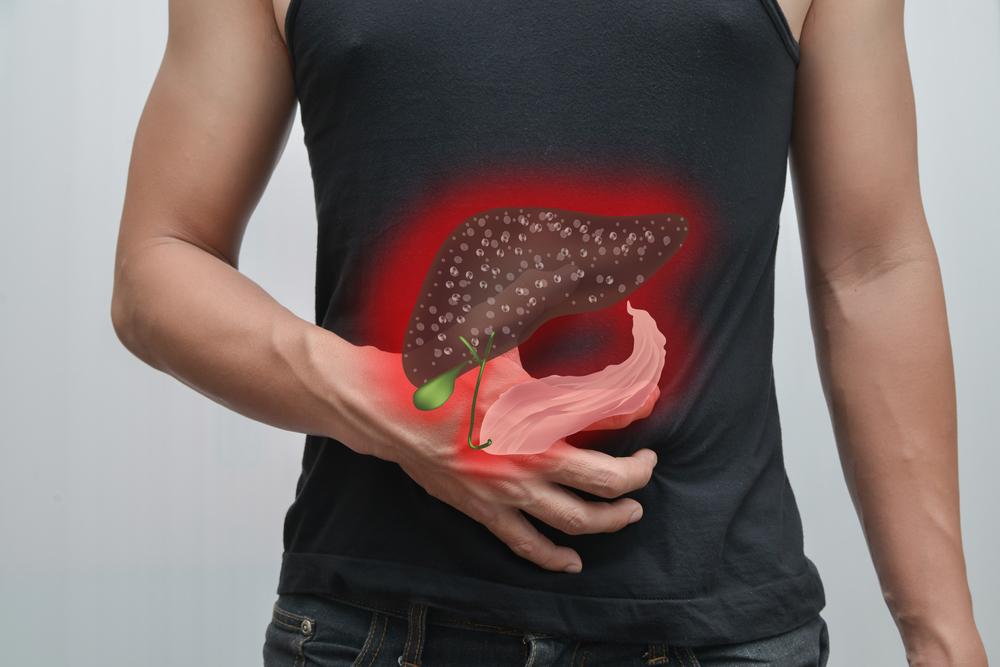In-Depth Guide to Liver Cancer Diagnosis, Staging, and Treatment Strategies
This comprehensive article explores liver cancer's causes, symptoms, staging, and treatment options in detail. Emphasizing early detection and personalized therapy, it provides valuable insights into managing this serious disease to improve patient outcomes. An essential resource for patients and healthcare professionals alike, the article highlights advances in diagnosis and treatment strategies to combat liver cancer effectively.

In-Depth Guide to Liver Cancer Diagnosis, Staging, and Treatment Strategies
The liver, the largest internal organ in the human body, is located beneath the right lung and rib cage. It plays essential roles—including detoxifying the bloodstream, metabolizing nutrients, and producing bile necessary for digestion. Maintaining liver health is fundamental to overall wellbeing and survival. When this vital organ develops malignancies, it poses significant health challenges. Understanding the characteristics, causes, signs, staging, and treatment options for liver cancer is critical for early detection and effective management.
Primary liver cancer, known medically as hepatocellular carcinoma (HCC), begins when malignant cells originate within the liver tissue. This uncontrolled cellular proliferation can lead to tumor formation, potentially spreading within the liver or beyond. Liver cancer remains a major global health concern due to its high mortality rate, often being diagnosed at advanced stages. Therefore, awareness of early signs, risk factors, and available treatment modalities is vital for patients, healthcare providers, and policymakers aiming to improve outcomes.
Understanding the Causes of Liver Cancer
Chronic liver conditions, especially liver cirrhosis characterized by extensive scar tissue buildup, are among the primary risk factors leading to liver cancer. Cirrhosis often results from long-term liver damage caused by various factors, creating an environment conducive to malignant transformation.
Additional factors that increase susceptibility include:
Type 2 diabetes, which affects metabolic processes and immune responses.
Excessive alcohol consumption combined with smoking, both damaging liver cells over time.
Obesity, which contributes to fatty liver disease and inflammation.
Exposure to environmental toxins such as arsenic in contaminated water sources.
Contact with aflatoxins—toxins produced by certain molds found in improperly stored food items.
Genetic predispositions that influence individual susceptibility to cancer development.
Recognizing Symptoms and Early Warning Signs
Early detection of liver cancer remains challenging because symptoms often appear only in advanced stages. However, several clinical signs can indicate underlying liver pathology. These include unexplained weight loss, persistent fatigue, recurrent fevers, and a reduction in appetite. Patients may also experience nausea, bloating or swelling under the ribs from an enlarged liver or spleen, abdominal discomfort, jaundice—yellowing of the skin and eyes—and fluid accumulation in the abdomen.
The Significance of Liver Cancer Staging
Effective treatment planning hinges on accurate staging. The widely used Tumor-Node-Metastasis (TNM) system, adopted by the American Joint Committee on Cancer (AJCC), assesses three critical aspects: the size and number of tumors, involvement of lymph nodes, and presence of metastasis.
Stage I: A solitary tumor confined within the liver, with no regional lymph node involvement or distant spread.
Stage II: Multiple small tumors within the liver, potentially invading nearby blood vessels, which raises the risk of systemic dissemination.
Stage III: A larger tumor that involves blood vessels and possibly nearby structures such as the gallbladder or bile ducts.
Stage IV: Advanced disease characterized by metastasis to distant organs like lungs or bones, indicating an incurable prognosis without palliative interventions.
Comprehensive Treatment Options
Radiofrequency Ablation (RFA):
This minimally invasive procedure employs high-frequency electrical currents to generate localized heat, destroying cancer cells either through an external probe or during surgical intervention.
Percutaneous Ethanol Injection:
Alcohol is directly injected into small tumors (less than 3 cm in diameter) to induce cellular death, effectively controlling localized disease.
Radiation Therapy:
High-energy radiation beams target malignant tissues, damaging their DNA and preventing further growth. This modality is particularly useful for tumors inoperable by surgery.
Additional therapies expanding the arsenal against liver cancer include chemoembolization and radioembolization—techniques that deliver chemotherapeutic agents or radioactive particles directly into the arterial blood supply feeding tumors. Targeted therapies, such as tyrosine kinase inhibitors, and systemic chemotherapy can also be employed, especially in advanced cases. Surgical options like partial liver resection (hepatectomy) are feasible in early-stage disease, while liver transplantation remains a curative approach when suitable.





